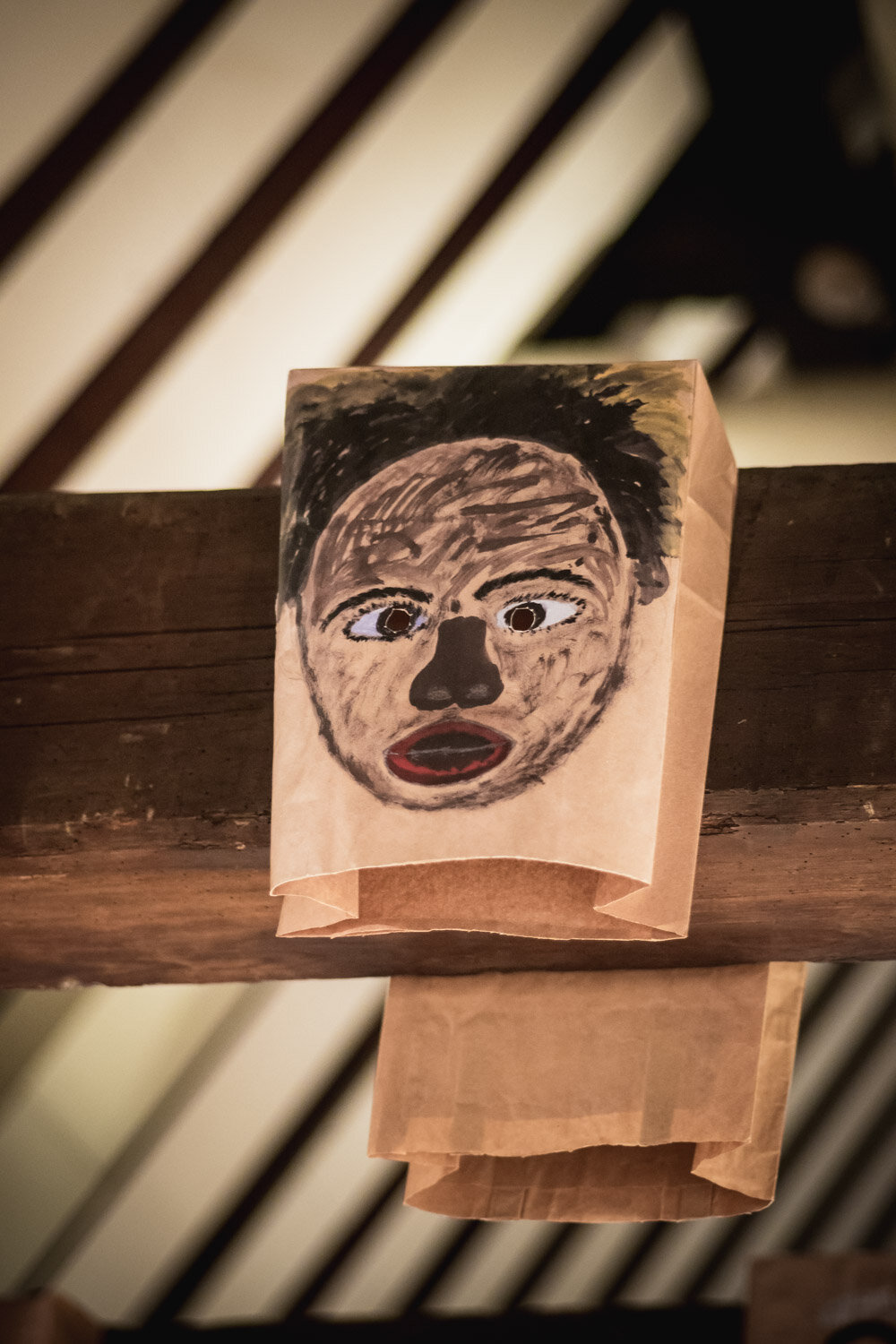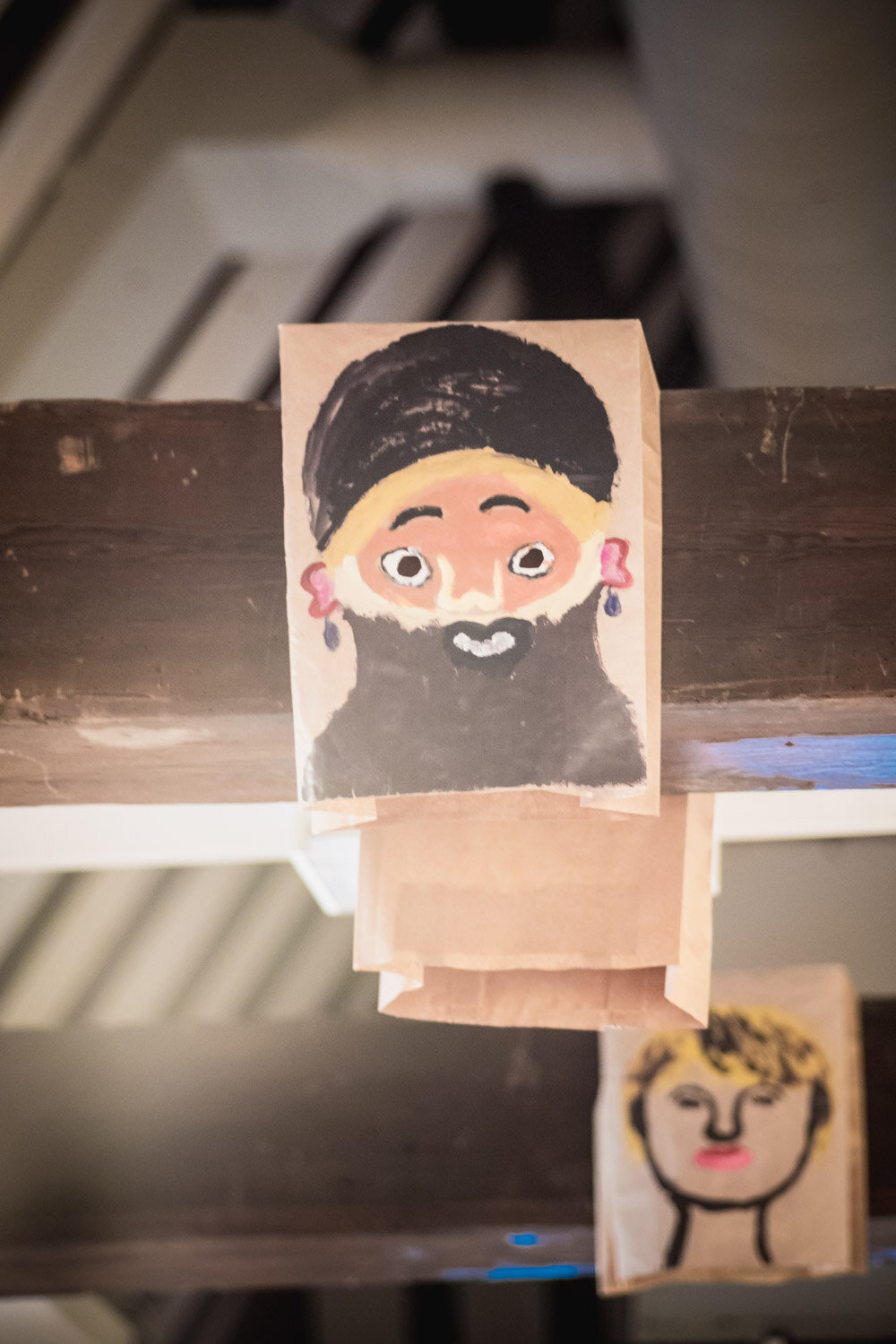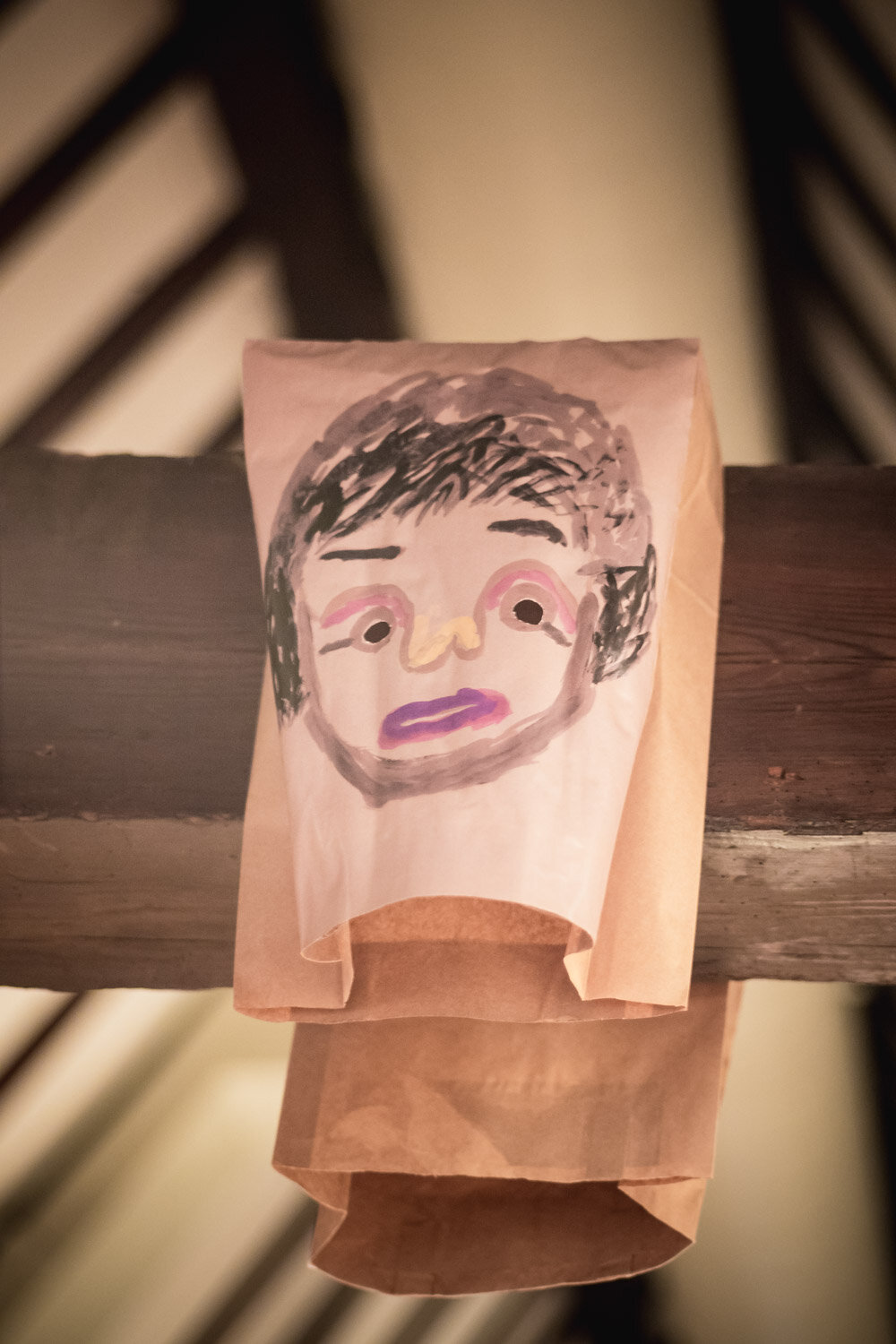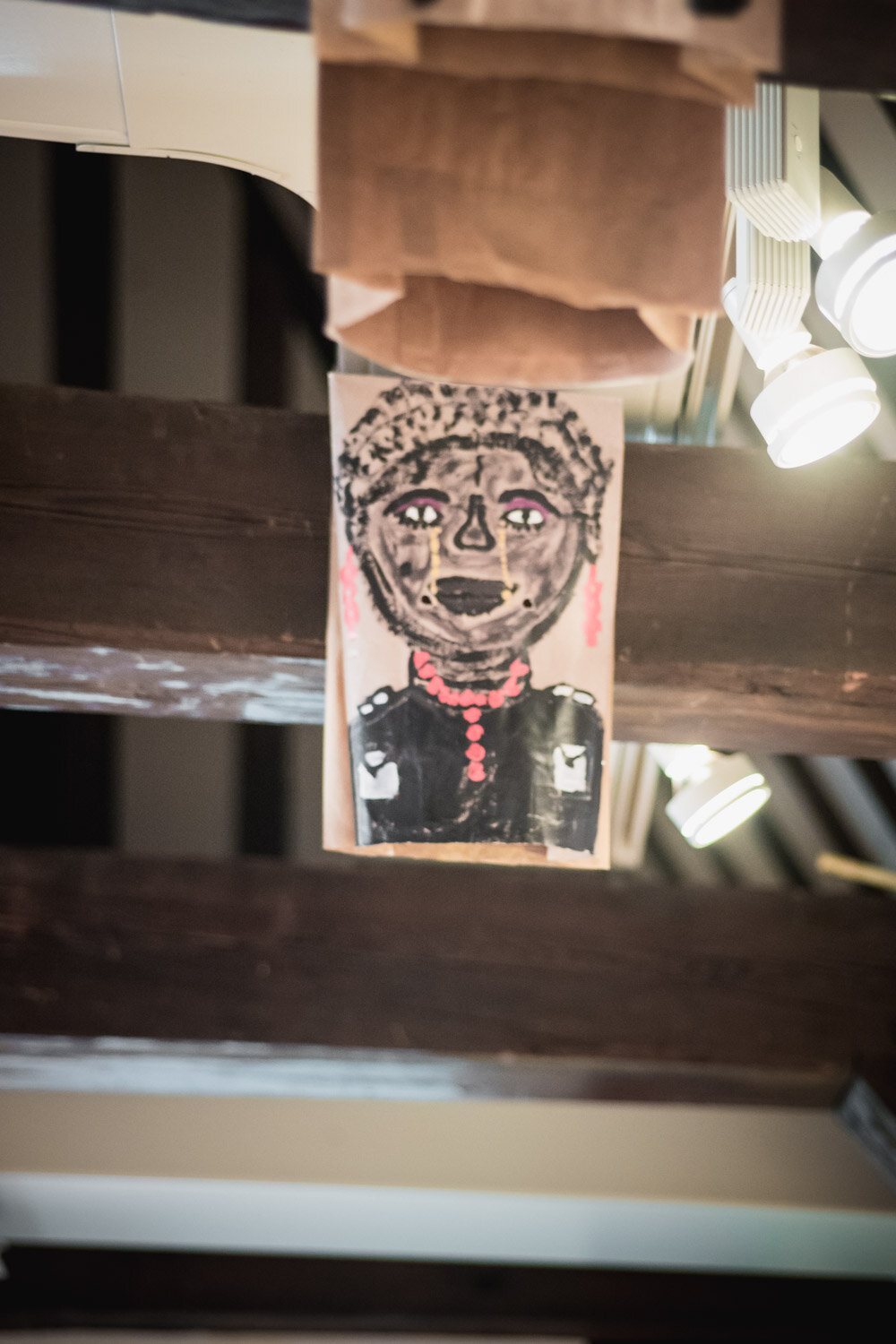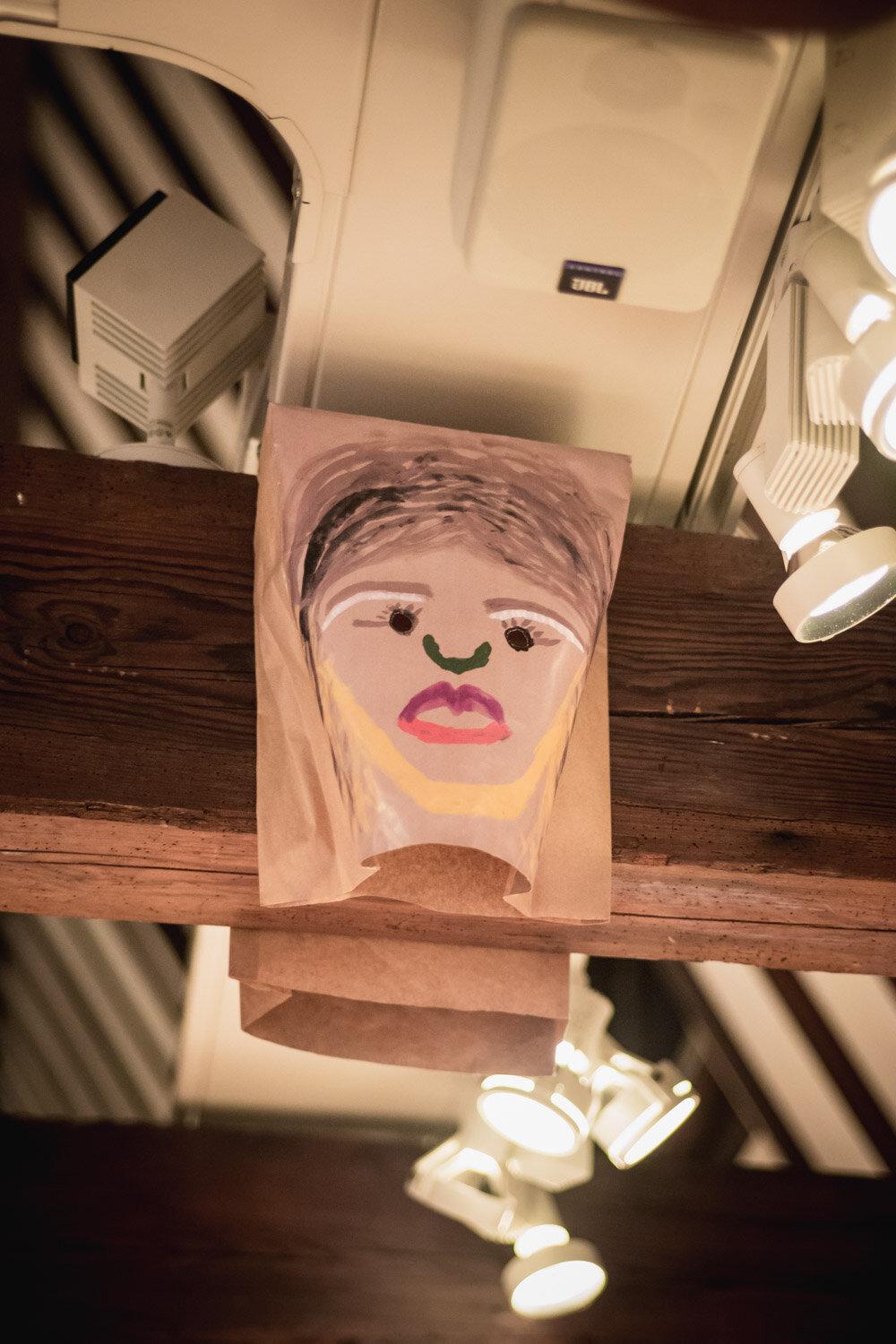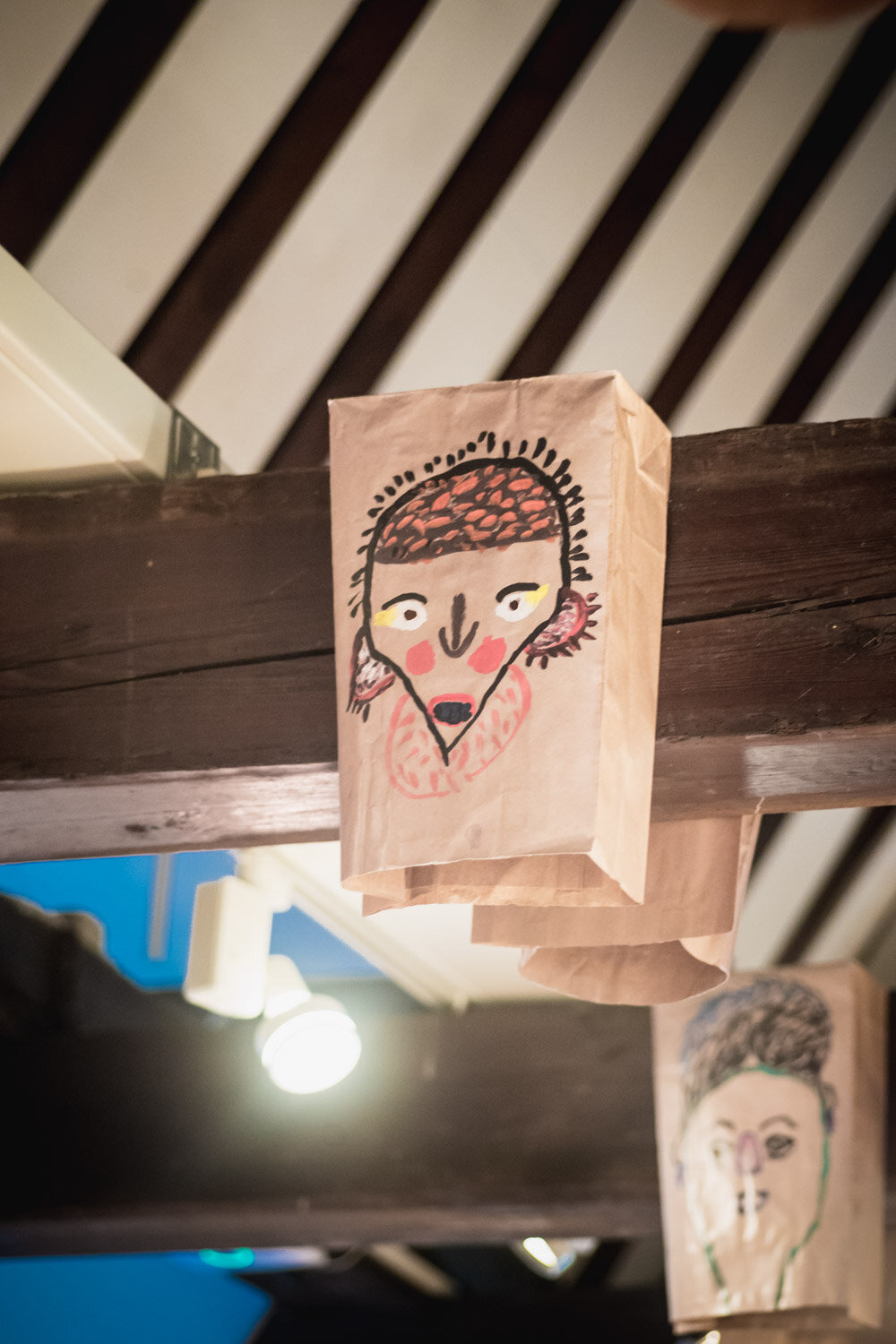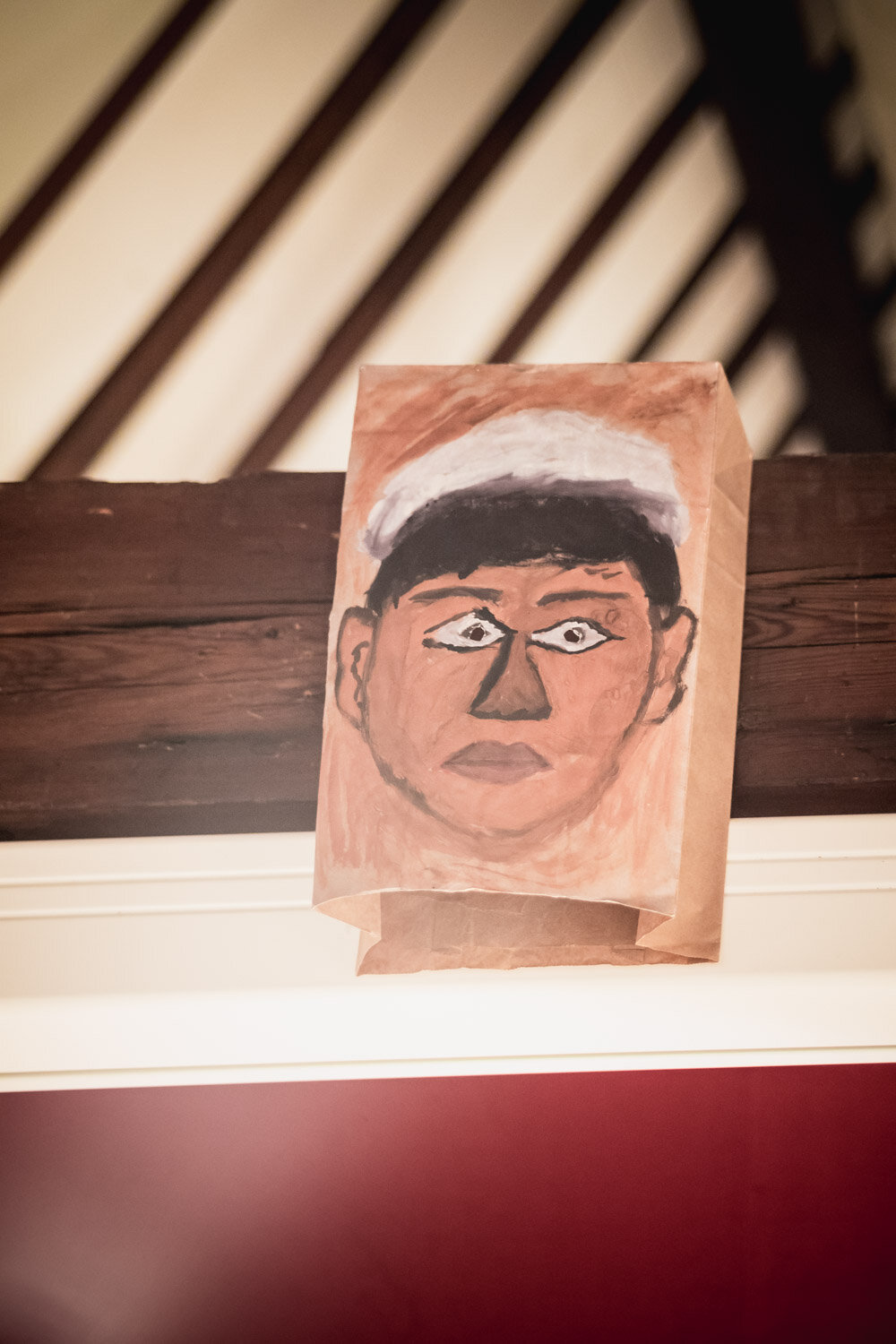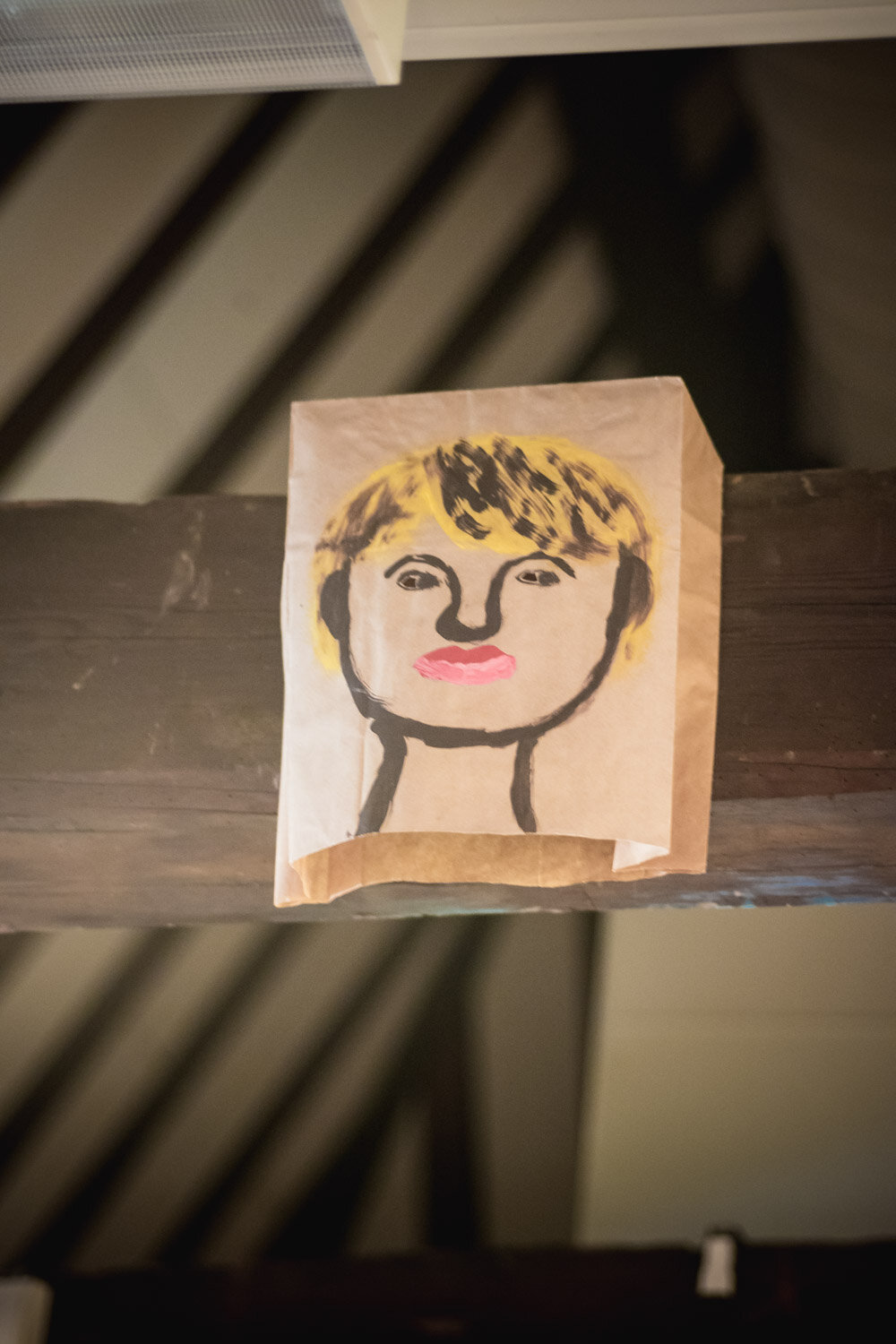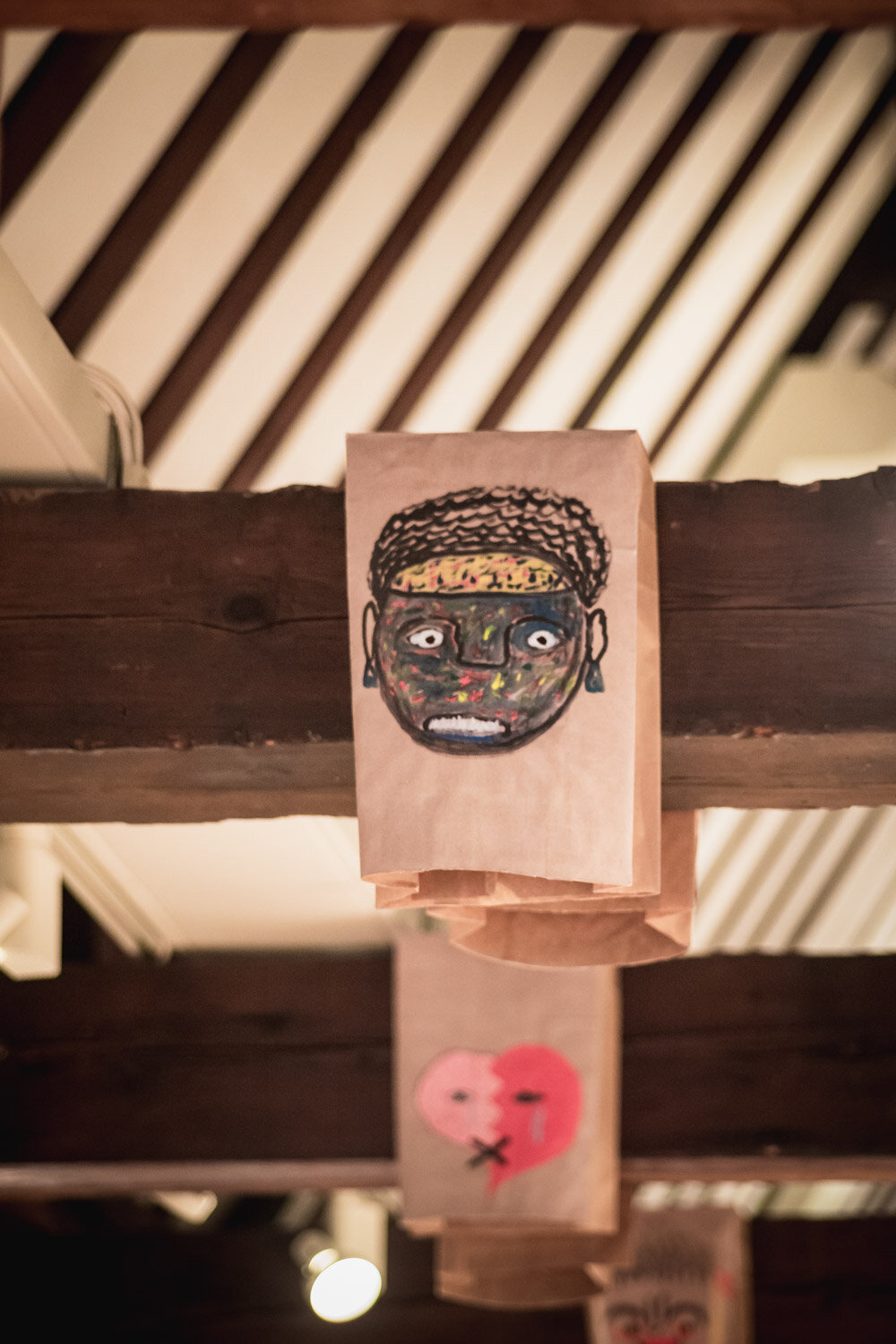Red Light Saviour Industrial Complex
Art, Legislation & Sex Workers’ Rights Collide at the Amsterdam Museum
“I wanted to do something more directly aimed at making the world a better place somehow.”
“There is much more to doing good work than ‘making a difference’. There is the principle of first do no harm. There is the idea that those who are being helped ought to be consulted over the matters that concern them.”
“You say you wanna fight for me,
but how can you be my voice when victim’s all you see?”
In my years debating art world controversies (I’m not messy, I simply really enjoy tea), I find it most interesting when dissent is led by the public. Museum protests are typically tied to fed-up artists or art collectives, striking staff members, various grassroots organizations, people who really love Jesus, and former New York City mayor turned Trump-attorney, Rudy Giuliani, who had a “shitty” relationship with the Brooklyn Museum. To encounter an engaged public is a healthy indicator that everyday stakeholders fully recognize the power of contemporary art.
Sitting within earshot of a group of vocal attendees to Amsterdam Museum’s After Hours event*, “Artist/Activist”, I overheard visceral reactions to the panelists on stage. “Ugh, bullshit!” the man in front of me mumbled. Later, during the Q&A, he self-described as a brothel manager and former sex worker. There was snickering — artist Patricia Kaersenhout mentioned she had recently adopted the concept “pleasure activism” into her practice, before engaging in great verbal strides to disassociate from the only sex worker on stage, who also characterized her work as “pleasure activism”. These lexical gymnastics produced a few chuckles from the crowd. And, as the event came to a close, members of the audience could be heard chanting: “Sex Worker Rights Are Human Rights!”.
So, what is being protested? The work of British-born, Amsterdam-based artist, Jimini Hignett, is on display in a cozy attic space on the uppermost floor of the Amsterdam Museum in partnership with CBK Zuidoost. The exhibition, entitled “Nr. 1 Tourist Attraction”, is on view through March 1, 2020. Her installation comprises a video series: The Prostitution Monologues, around two-hundred readymades: A Small Collection of Innocuous Objects, and portraits of “masked” people whom the artist identified as women who are/were in a “situation of prostitution”. A wooden sculpture called Belle Revisited and its accompanying video, Zandpad Revisited, were redacted before the exhibition’s opening.
Through her project, Hignett takes an abolitionist stance against the union of sex and industry, at a time when City Hall is actively developing new policy proposals to determine the future of window prostitution. Thus, people who earn a living from the various intersections of sex and industry are hella concerned.
“I have a problem with a White woman from the UK, getting funding to put paper bags over Black women from the global South.” — Leigh**, Sex Worker
“And then having Europeans telling their stories.” — Rowan**, Sex Worker
“White, male Europeans telling their stories. I’m like, you could have hired Black actresses if you wanted to keep their anonymity. Why are you having White men do this? Why?” — Leigh**
Let’s save the brown paper bags for last. For now, the museum answers the question of why there are mostly White actors (a mix of men and women) in the artist’s video series, via the wall text preceding the work:
The testimonies, taken from interviews conducted by the artist, are told by actors who are often intentionally dissimilar to the protagonist whose story they are relating. This produces a disorienting effect, through which Hignett aims to disturb the viewers’ conceptions and to challenge an ‘out-of-sight-out-of-mind’ response whereby these things seem to be acceptable, or inevitable, when they happen to a semi-literate woman from Sierra-Leone, rather than a White, English-speaking man.
— Amsterdam Museum, wall label
There are thirteen video monitors containing narratives relayed to the artist during her years of research across the Netherlands, Senegal, Argentina, and Albania. Before watching, I had a moment with the museum’s introduction. Questions formed. For whom do “these things seem to be acceptable”? Is an assumption being made about the point of view of visitors? Did the artist have a specific audience in mind that did not include folk of darker hue? If the Red Light District is indeed Amsterdam’s number one tourist attraction, is sex work actually “out-of-sight-out-of-mind”?
I grabbed a set of headphones, sat, and took in the testimonies. Beautifully rendered, well-executed tales of women and one man, who have survived the most horrendous experiences of sexual violence and exploitation. Hignett’s video works paint a portrait of the global crisis that is human trafficking. White actors aside, there is a powerful exchange when stories exit one body and enter another — from survivor to artist, from artist to actor, from actor to audience. These testimonies, as powerful as they are, are undermined, however, by the semantics and agenda of the artist herself.
“I use the term ‘prostituted person’ instead of sex worker, because sex worker has come to mean such a broad range of things, that I think it detracts from the issue of prostitution, which is about making one or all of your orifices available for penetration. By including pole dancers, or webcam performers, or women who sell their dirty underwear on the Internet, under the heading sex worker, detracts from that very visceral reality. That’s why I don’t use that term. It makes it easier to conjure up an image of some woman who is just being enterprising, rather than someone who is subject to a huge amount of abuse and violence.” — Jimini Hignett, Artist
My conversations about this exhibition included talks with the artist herself, discussions with a Dutch neighbor who helped translate emotional letters hung in the exhibition’s adjoining “Debate Room”, an email exchange with the museum, and interviews with sex workers while visiting the Prostitution Information Center.
“Yes. Yes. She will never say sex worker. Ever. Because she doesn’t believe you can consent to this. And that’s really dangerous. I’ve seen the exhibition. I found it to be irresponsible…because it says all sex work is rape and nobody can consent. For us it’s really dangerous to define all prostitution as rape, because first of all, patriarchal societies don’t care if women are raped, so why would they care if our work is defined by that? That’s just a reason for police not to take you seriously. And that’s a reason for then, any other woman, who looks or acts too much like a whore, not to be taken seriously. We already see this in society. That, for us, is dangerous. Not because we don’t think women get raped in this work, we know that they do. But when someone says, ‘all your work is rape,’ and you go to the police and say, ‘Hey, a client assaulted me.’ Then they’re like, ‘Yes, but this is your work. What do you expect?’" — Leigh**
I asked the artist for her response to sex workers’ concerns about the project. “One of their criticisms of the exhibition is that I didn’t have the stories of real sex workers. ‘Why didn’t you come to us? Why didn’t you ask sex workers?’ There is a slogan, ‘Not About Us Without Us’. So my question is, ‘Who counts as a sex worker?’…You will find that there is not a hard line between [sex work and human trafficking]. There is a huge overlap.”
About two weeks into the exhibition, the museum opened a public debate room. “We saw that people who visited the exhibition wrote their opinion on the subject in the guest book. We wanted to give the different perspectives of prostitution and De Wallen [the Red Light District] more space and created a separate room where people can leave their opinion,” explained Kim Koopman of the museum’s press office.
Inside the “Debate Room”, policy papers from various human rights organizations are made available, including a multi-year research project conducted by Amnesty International. While legal guidelines of what is trafficking and what is not trafficking vary from country to country, in a 2016 letter to the United Nations, Amnesty sets forth a definition. “Trafficking in persons, including into the sex sector, is not the same as sex work. Sex work refers to a contractual arrangement where sexual services are negotiated between consenting adults with the terms of engagement agreed upon between the seller and the buyer. Trafficking is non-consensual. There is increasing evidence that when the two phenomena are conflated in law, policy and/or enforcement, this leads to harmful practices which violate human rights.”
I was curious to learn if Jimini had spent time inside the “Debate Room” reviewing the public’s feedback, so I asked. “It’s like Twitter. I’m not on Twitter, but it’s like…either, ‘I think sex work is great’, or ‘I think sex work is shit’. It’s very superficial and there’s enough of that going on. So I don’t feel it makes sense to engage with that really, because it doesn’t contribute to a useful discussion.” — Hignett
There’s a lot of humor in the Twitter-like sticky notes posted on the walls. But there’s also correspondence hung from professional academics, including a Senior Lecturer of Labour & Gender Economics, a former Human Trafficking Prosecutor, Museum Director Judijke Kiers, and many, many sex workers themselves.
“I sell sex, and with that, make people happy. Almost all of my customers are regular, nice people. Most don’t have a lot of money or a lot of power. They just wanna be close to someone. Sex workers provide a service. Human trafficking, exploitation, and forced labor are crimes. These two things are not the same.” — K.A., Sex Worker, translated from Dutch correspondence in “The Debate Room”
A question repeated in the public responses was, “why are the souvenirs from A Small Collection of Innocuous Objects considered art?” This unanswered inquiry was a missed opportunity for the institution to engage in dialogue with visitors on how found objects or readymades came to be regarded as art. There were also suggestions made about the validity of centering the POV on an artist born in England. A city museum could point to demographic statistics. Over half of Amsterdam’s inhabitants are foreign born, and thus have a stake in its future. But most importantly, both entities responsible for mounting Hignett’s exhibition, CBK Zuidoost and the Amsterdam Museum, owed the public access to objective, factual information, or at the very least, a disclaimer, in a similar way that newspapers handle their op-ed columns, clearly identifying the words of the writer (or artist, in this case) as opinion.
Hignett painstakingly captions each souvenir in her collection of found objects in a manner that reflects her own personal sense of morality. Some of the claims in her captions are even misleading or false. In “Fridge Magnet (7)” she writes, “The Dutch government has conveniently turned a blind eye to the problems incurred since the year 2000 when the Netherlands became the first European country to legalize brothel-keeping and pimping…” But you won’t find any official city government language to confirm that “pimping” was legalized in the Netherlands. In the same caption, she misquotes a United Nations Office on Drugs and Crime (UNODC) 2006 policy report as ranking the Netherlands as a “Country of Destination: Very High”, when instead the report indexes the “Incidence of Reporting of Destination Countries” and ranks the Netherlands in the top ten for enforcement agencies and private persons intercepting and reporting incidents of all human trafficking including “for cheap goods manufactured in sweat shops, or for under-priced commodities produced by bonded people in farms and mines”, as well as inside the sex industry.
Claiming that the Dutch government has turned a “blind eye” should also be questioned. In a 2016 research brief, UNODC named the “National Rapporteur on Trafficking in Human Beings and Sexual Violence against Children” in the Netherlands, as one of the “foremost national research centers on this topic”, and partnered with the agency to conduct updated estimates on the number of “presumed human trafficking victims” in the country.
In the absence of a curatorial framework that contextualizes the artist’s statements, the point of view of the artist becomes synonymous with the institutions promoting the work, lending authority to a particular stance. On her website, Hignett hosts a photograph of the museum’s curator, Annemarie de Wildt, donning a t-shirt that reads “museums are not neutral”. I asked the museum if they do indeed hold a position on the issues presented. My question was answered by Head of Communications, Janine Fluyt, “We thrive intensively on giving platform to multiple voices in order to present perspectives from different angles and ways of seeing. Museums make choices in the themes that they present in their art houses. And for that, museums are not ‘neutral’ in the sense that they make selections in the topics they present. As for the Amsterdam Museum, we focus on Amsterdam: on the history, the present, and future. And we present the objects, art, and stories that reflect the key topics that keep the city busy. Things that we are proud of, topics that worry us or that we want to debate.”
On topics that worry, I promised I’d get back to the paper bags. To preserve privacy, Hignett asked some of the survivors she interviewed to draw self-portraits. She provided brown paper bags for the task — calling the final result “masks". These masks are displayed in two ways — one that succeeds: visitors who look above the installation can find drawings on the overhead beams looking down. The ceiling masks form a congregation or ancestral-like halo and become guardians of the survivors and their stories. The second way these drawings are deployed — fails. Photographs of women, wearing paper sacks over their heads, are placed above the video installations. The wall label states this is aimed at “reversing the gaze”. Instead, it has the effect, for me, of a public execution — with bodies, bagged, and hanging just above view. The artist’s objective is for visitors to feel the violence suffered by people who have endured the most horrific forms of exploitation. And we do. But there is another feeling that lingers, one of misplaced anger. In an attempt to fire warning shots on human trafficking, Hignett makes sex workers, and their organized efforts to fight for labor rights, a target.
“Jimini really criticizes the Prostitution Information Center for being a part of this “pimp lobby”. That all we say here is that sex work is only empowering — that’s not true. We say for some people it can be empowering. But for the majority of people, it’s just work. And as work, it can be really, really crappy. But that is, unfortunately, the reality of capitalism: that people have to work for money. And most of the time, we do shit jobs for it, you know. So like cleaning toilets, working at McDonald’s, working as a manicurist, even working in office jobs — people kill themselves all the time from that. So we’re not saying this work is wonderful. We’re saying it’s work.” — Leigh**
The Amsterdam Museum has organized an Open Discussion, scheduled for Sunday, 23rd February at 2pm, in Dutch. Present will be the artist Jimini Hignett; along with political cartoonist Maia Matches; police officer Joep de Groot; former sex worker Sally; and sex worker, lawyer, and activist Niki; among others.
▲▼▲
*The November 14, 2019 panel discussion, “Artist/Activist”, was moderated by Artistic Director Margriet Schavemaker with artists Elke Uitentuis, Matthijs de Bruijne, Patricia Kaersenhout, Jimini Hignett, and PROUD Advocacy Coordinator Quirine Lengkeek
** Names have been changed to respect anonymity
▲▼▲
***Written by Malika Ali Harding
****All artworks, objects, and signage were photographed by Malika Ali Harding with permission from the Amsterdam Museum
*****Comments are enabled for this post. Feel free to express any thoughts or opinions.
▲▼▲











